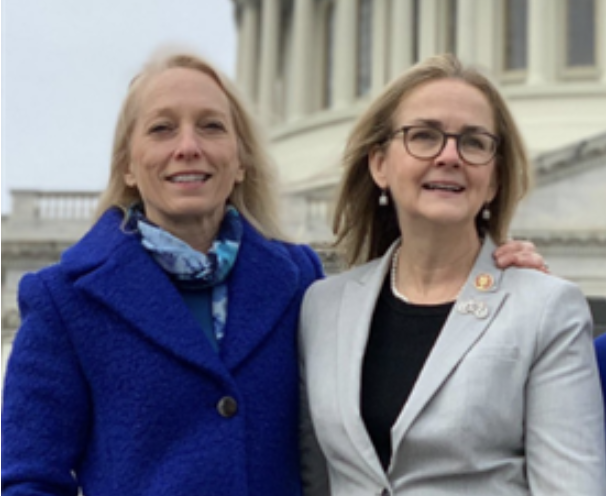WILSON: We Should Support the Year-Round Sale of E15 Gasoline

America must lead the world in addressing climate change caused by greenhouse gas emissions. However, we must do so without damaging U.S. energy security and economic prosperity. As such, we must do everything possible to lower emissions without radical measures like banning fossil fuels.
Luckily, America has one option at its disposal: E15 gasoline. E15 gasoline refers to petroleum gasoline blended with 15% ethanol, an organic compound made from corn. Most Americans already fill up their cars with E10 gasoline, or fuel with 10% ethanol. E15 simply contains 5% more ethanol than E10. E15 is a renewable biofuel, meaning that it reduces consumption of a scarce resource – oil and gas – by mixing in a renewable resource, ethanol. E15 is safe, clean, and cheap.
Despite this, some special interests oppose E15 gasoline. They claim that the year-round sale of E15 gasoline hurts independent refineries and union workers in the state. However, these arguments do not stand up to scrutiny and could prevent drivers from having the option to use a better and cheaper fuel.
There is a common myth that E15 fuel hurts independent refineries by increasing the price of Renewable Identification Numbers (RINs), the credits distributed by the EPA for producing renewable fuel. Yet, independent refineries in Delaware like PBF and Monroe Energy enjoyed record-breaking profits in recent years when RIN prices were sky-high. RIN prices had no effect on independent refineries’ profits or union workers’ jobs. Many refineries will continue to make record profits regardless of E15 policies. Although refineries paid more to meet EPA biofuel requirements, the market nonetheless allowed them to secure massive profits. People want E15, and refineries big and small benefit from this high demand.
E15 demand is so high because it is environmentally friendly and cheap.
The U.S. Environmental Protection Agency (EPA) designates E15 as a renewable fuel for a reason. E15 allows us to replace fossil fuels with ethanol, which is made from corn crops that absorb carbon dioxide as they grow. The evidence shows that E15 reduces emissions. Studies done at the University of California, for example, prove that E15 significantly reduces the pollution emitted from vehicles. One study found a 40 percent reduction in greenhouse gas emissions, all from blending a corn-based compound into our gasoline. Given the current climate crisis, consumers everywhere are looking for ways to reduce their carbon footprint.
E15 fuel is also cheaper than other petroleum-heavy alternatives. Studies show that drivers save an average of 25 cents per gallon with E15 fuel, sometimes saving upwards of $1 per gallon. With inflation for necessities like housing and clothing rising across our state, Delawareans could benefit immensely from cheaper gas prices.
Strangely, E15 gasoline cannot be sold year-round because of an outdated law. Currently, the EPA must issue permits to allow for the sale of E15 during the summer months, and the agency issues them at unpredictable times or not at all.
The evidence in favor of E15 is overwhelming. Congress should pass legislation to allow E15 to be sold nationwide year-round because it is cheaper and better for the environment. Our very own Senator Tom Carper (D-DE) can help pass legislation allowing E15 to be sold year-round as chair of the Committee on Environment and Public Works. It’s the obvious decision for cost-conscious drivers, the environment, and refineries that will continue to make significant profits.





